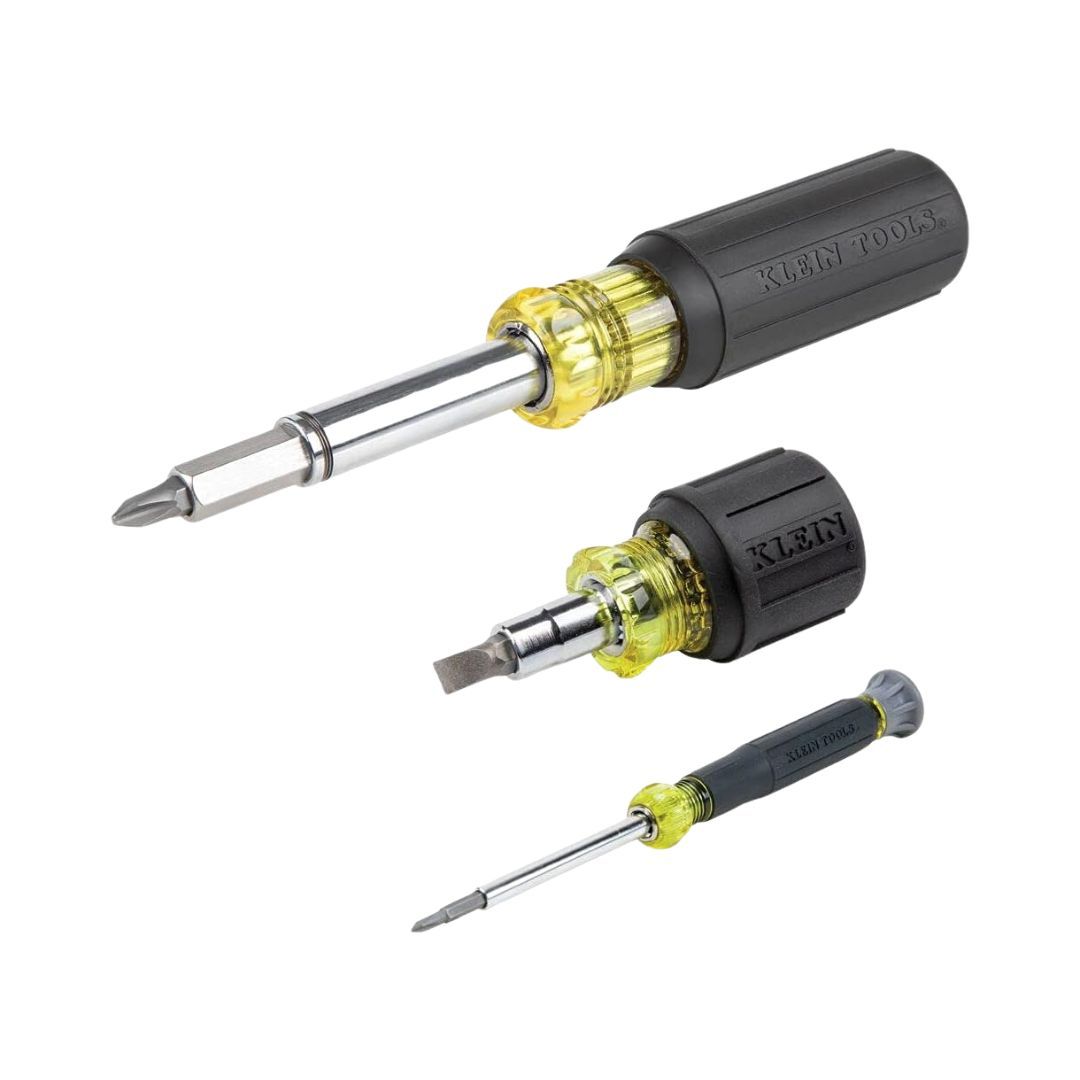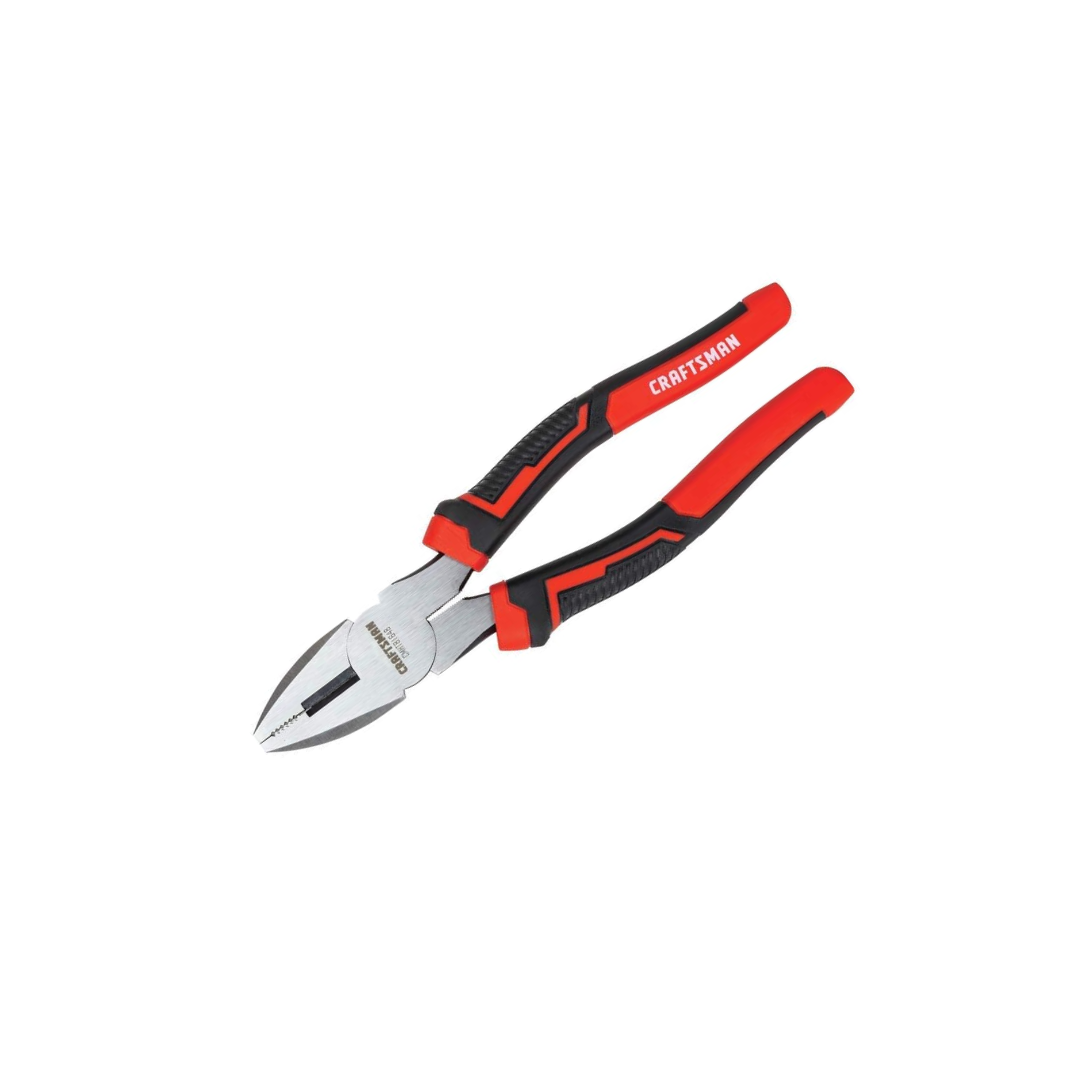We may be compensated if you purchase through links on our website. Our team is committed to delivering honest, objective, and independent reviews on home products and services.
Project details
Skill
Cost
Estimated Time
A malfunctioning shower faucet valve can cause temperature fluctuations, leaks, or even complete failure of your entire shower faucet system. Fortunately, replacing your shower valve is a manageable home improvement project that can save you money and restore your shower’s functionality. In this step-by-step guide, This Old House plumbing and heating expert Richard Trethewey shows you how to change a shower valve properly.
Parts of Your Shower Faucet
Make sure that you understand the purpose of each part of your shower faucet before replacing the valve. A single-handle shower faucet typically consists of the following:
- Cartridge
- Valve body
- Handle
- Escutcheon plate
- O-rings and washers
The cartridge is the heart of the valve, controlling water flow and temperature. Over time, mineral deposits and wear can cause damage, and you may need to replace this piece. Since the cartridge handles the main water flow, it is more susceptible to wear and tear than other valve parts, especially in areas with hard water.
Shower Valve Tools and Materials Needed
To replace your single-handle shower faucet valve system, you’ll need the following tools and materials:
- Screwdriver
- Pliers
- Thermometer
- Replacement cartridge kit (including new washers, O-rings, and springs)
- Pencil (for installation assistance)
- Adjustable wrench
- Plumber’s grease
- Towels or rags
You should also keep a small bucket nearby to catch any water that may spill during the replacement process.
Preparing for the Valve Replacement
Before you start working on the shower valve:
- Turn off the water supply to the shower. This is typically done at the main water shut-off valve for your home.
- Open the shower faucet to relieve any remaining pressure in the lines.
- Cover the drain to prevent small parts from falling in.
- Remove the shower handle and escutcheon plate to expose the valve.
Always double-check that the water supply is completely shut off to avoid messes.
Removing the Old Cartridge
With the valve exposed, you can now remove the old cartridge:
- Locate the locking nut holding the cartridge in place.
- Use pliers to loosen and remove the locking nut.
- Gently pull the old cartridge straight out of the center of the valve body.
- Inspect the valve body for any signs of damage or corrosion.
If you have a hard time taking out the cartridge, it may be stuck due to mineral buildup. In this case, you might need to use a cartridge puller tool or seek professional assistance. The cartridge puller tool can safely extract the old cartridge without damaging the valve body. If it’s your first time using one, follow the instructions to avoid damage.
Replacing Seats and Springs
Next, replace the seats and springs in the valve body. These parts provide the tension needed for the cartridge to work correctly:
- Use a pencil to carefully insert the new rubber seats with springs into the valve body.
- Ensure they are seated properly at the back of the valve.
- Take care not to drop these small parts into the wall cavity.
Double-check that the springs are securely in place before moving on.
Installing the New Cartridge
Now that the old cartridge is out and the new seats and springs are in, it’s time to install the new cartridge:
- Clean the valve body thoroughly, removing any debris or old sealant.
- Apply a small amount of plumber’s grease to the O-rings on the new cartridge.
- Align the cartridge properly. The hot and cold sides should match the valve body.
- Insert the new cartridge into the valve body, pressing firmly but gently.
Trethewey emphasizes the importance of proper alignment, so watch the video to see how to match the cartridge’s keyway with the notch in the valve body if it is unclear. Incorrect alignment can lead to leaks or poor water temperature regulation, so make sure everything is precisely positioned.
Reassembling the Shower Faucet
With the new cartridge and seats in place, you can now reassemble the shower faucet:
- Install the new O-ring over the cartridge.
- Replace the locking nut and tighten it with pliers, being careful not to overtighten.
- Attach the new escutcheon plate, securing it with the provided screws.
- Install the new handle, ensuring it’s properly aligned and tightened.
- Check that all components are tightened correctly to prevent leaks.
Throughout the assembly, check your parts to make sure they’re all correctly positioned and securely fastened.
Testing and Adjusting the New Shower Valve
After reassembly, it’s time to test your new faucet system:
- Turn the water supply back on slowly.
- Check for any leaks around the valve and handle.
- Test the water flow and temperature control.
- Adjust the temperature limit stop to prevent scalding.
Trethewey demonstrates how to set the temperature limit stop to 120 degrees Fahrenheit for safety. This temperature limit prevents scalding, which is especially important for households with children, elderly members, and those with skin sensitivities.
Troubleshooting Common Shower Valve Issues
Here are some common problems you may have after installation and some tips to resolve them. Make sure you resolve these issues immediately to prevent damage to your system and help you conserve water:
- Leaks: Check that your O-rings are properly seated and tighten any loose connections. Loose or misaligned components can cause water to seep during the assembly.
- Temperature fluctuations: Make sure the cartridge is correctly aligned and seated. If the hot and cold sides aren’t matched properly, you might experience inconsistent water temperature.
- Low water pressure: Verify the valve is fully open and check for any debris in the cartridge or showerhead. Built-up debris can block the water flow, weakening the pressure.
Shower Valve Maintenance Tips
Proper maintenance and routine care can keep your new valve properly functioning for a long time. Here are some maintenance tips and tricks to help you get the most out of your system :
- To prevent mineral buildup, regularly clean the showerhead and faucet. Soak these parts in a vinegar solution overnight and scrub off any residue in the morning.
- Avoid using harsh chemicals that can damage the finish or components. Instead, opt for mild cleaners or refer to the manufacturer’s recommendations.
- Periodically check for leaks and address them promptly. Regular inspections can catch small leaks before they become bigger, more expensive repairs.
When To Call a Professional
While replacing a single-handle shower faucet valve can be a DIY-friendly task, there are situations where professional help may be necessary:
- If you find severe corrosion or damage to the valve body, this level of damage may require specialized tools or expertise beyond standard DIY skills.
- For unique setups or older plumbing systems, you may need a specialist or contractor who has experience in these areas.
- If you’re uncomfortable working with plumbing or you don’t have the necessary tools, professional help can save time and potential complications.
Don’t hesitate to contact a licensed plumber if you’re unsure or need help with any aspect of the replacement process.
Read More: How to Repair a Shower Valve Stem; How to Repair a Shower Valve in a Tile Wall



